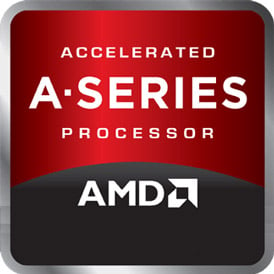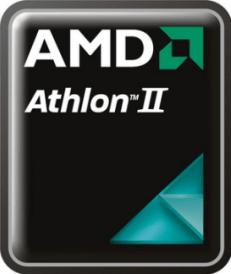 Estimated results for PassMark CPU Mark
Estimated results for PassMark CPU Mark
|
|
AMD A8-6600K
4C 4T @ 3.9 GHz
|
2959
|
|
|
AMD Athlon II X2 240
2C 2T @ 2.8 GHz
|
1001
|
 Geekbench 5, 64bit (Multi-Core)
Geekbench 5, 64bit (Multi-Core)
|
|
AMD A8-6600K
4C 4T @ 3.9 GHz
|
1461
|
|
|
AMD Athlon II X2 240
2C 2T @ 2.8 GHz
|
707
|
 CPU-Z Benchmark 17 (Multi-Core)
CPU-Z Benchmark 17 (Multi-Core)
|
|
AMD A8-6600K
4C 4T @ 3.9 GHz
|
771
|
|
|
AMD Athlon II X2 240
2C 2T @ 2.8 GHz
|
253
|
 Geekbench 5, 64bit (Single-Core)
Geekbench 5, 64bit (Single-Core)
|
|
AMD A8-6600K
4C 4T @ 3.9 GHz
|
537
|
|
|
AMD Athlon II X2 240
2C 2T @ 2.8 GHz
|
373
|

